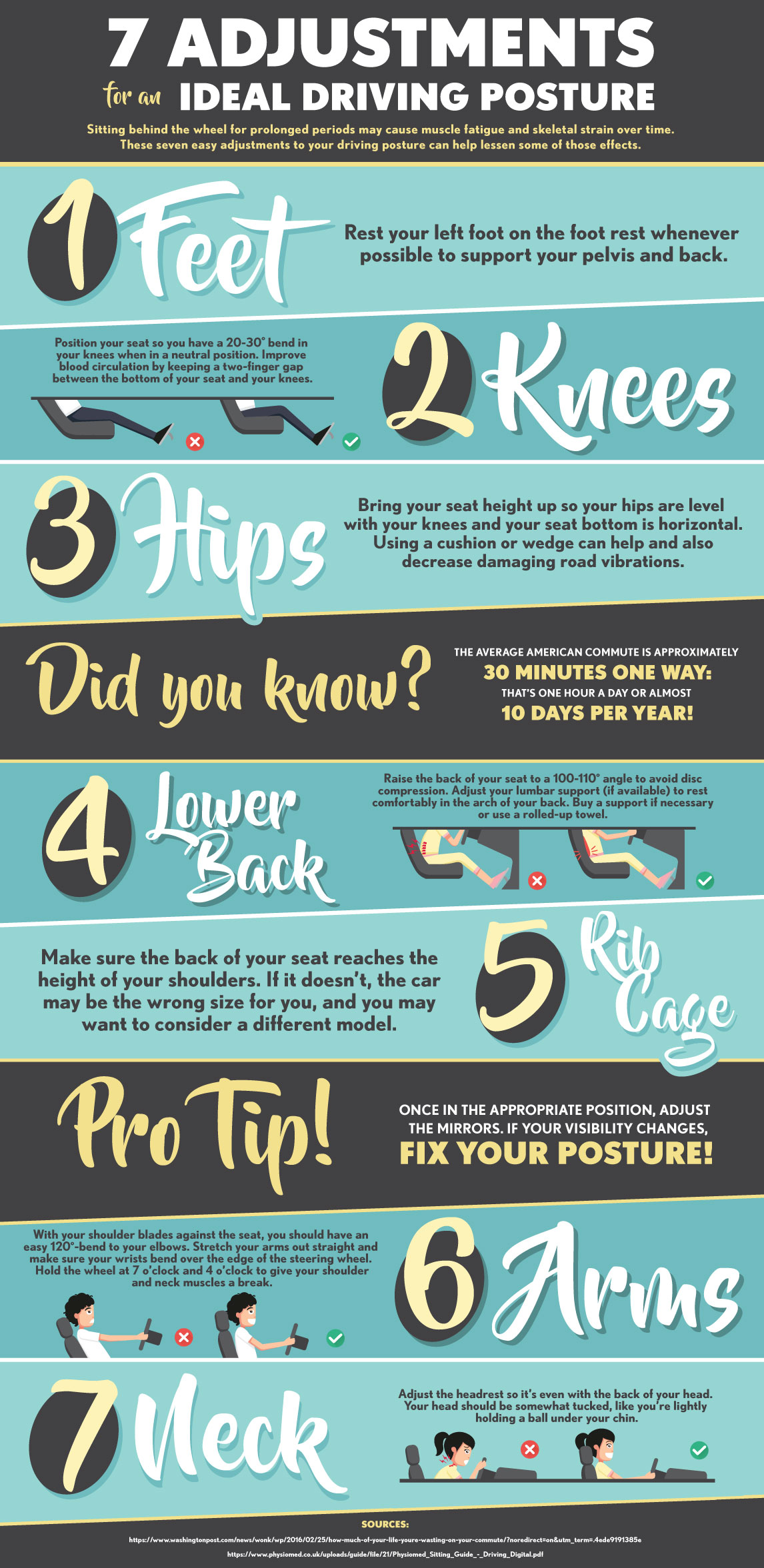The Connection Between Pose And Back Pain: Ways To Make Certain Correct Placement All Day
The Connection Between Pose And Back Pain: Ways To Make Certain Correct Placement All Day
Blog Article
Authored By-Williford Ritchie
Maintaining proper stance isn't practically staying up directly; it's about aligning your body in such a way that supports your spine and lowers the danger of pain in the back. The way you rest, stand, and move throughout the day can dramatically affect your back wellness. But how precisely can you guarantee excellent positioning consistently, also throughout hectic days full of various tasks? Let's dive deeper into the refined yet impactful modifications you can make to your daily routine to maintain your back satisfied and healthy and balanced.
Significance of Proper Position
Proper posture is vital in preserving a healthy and balanced back and avoiding pain. When you sit or stand with great posture, your spinal column remains in alignment, decreasing stress on your muscle mass, tendons, and joints. This alignment enables the body to distribute weight uniformly, avoiding too much stress on certain areas that can bring about pain and pain. By maintaining your spinal column correctly lined up, you can likewise boost your breathing and digestion, as slouching can press body organs and limit their functionality.
Furthermore, preserving good pose can improve your total appearance and positive self-image. When visit this web-site stand tall with your shoulders back and head held high, you show confidence and appear more approachable. Great pose can likewise make you really feel more invigorated and alert, as it advertises correct blood flow and enables your muscle mass to function effectively.
Incorporating see here now into your day-to-day routine, whether sitting at a desk, walking, or exercising, is crucial for avoiding pain in the back and advertising total health. Bear in mind, a tiny change in just how you hold on your own can make a substantial distinction in how you feel and work throughout the day.
Common Postural Mistakes
When it concerns maintaining good pose, several individuals unconsciously make usual mistakes that can contribute to pain in the back and pain. Among the most common errors is slouching or hunching over while sitting or standing. This position puts extreme stress on the spine and can bring about muscle mass discrepancies and pain in the long run.
https://andypjdyr.tusblogos.com/31235083/the-influence-of-chiropractic-care-adjustments-on-the-nerve-system-unveiling-the-scientific-research-behind-it is overarching the reduced back, which can flatten the natural contour of the spinal column and create discomfort. Additionally, crossing legs while resting may feel comfy, yet it can create an imbalance in the hips and pelvis, bring about postural issues.
Utilizing a pillow that's also soft or also firm while sleeping can also influence your positioning and add to neck and back pain. Finally, regularly craning your neck to look at screens or adjusting your setting often can stress the neck and shoulders. Being mindful of these typical postural mistakes can help you maintain better alignment and minimize the risk of back pain.
Tips for Correcting Alignment
To improve your positioning and decrease pain in the back, it's necessary to focus on making small changes throughout your day-to-day regimen. Beginning by being mindful of your position. When sitting, guarantee your feet are flat on the floor, your back is straight, and your shoulders are relaxed. Prevent slouching or leaning to one side. Use ergonomic chairs or paddings to sustain your reduced back.
When standing, disperse your weight equally on both feet, maintain your knees somewhat curved, and tuck in your pelvis. Involve your core muscles to support your spine. Take breaks to extend and walk if you have a sedentary work. Incorporate exercises that strengthen your core and back muscular tissues, such as slabs or bridges.
While sleeping, make use of a pillow that sustains the all-natural curve of your neck to keep proper spinal alignment. Avoid sleeping on your tummy, as it can stress your neck and back. By being mindful of these tips and making small modifications, you can progressively remedy your alignment and reduce pain in the back.
Verdict
Remember, keeping good pose is key to preventing pain in the back and advertising spine health. By being mindful of your positioning, dispersing weight equally, and engaging your core muscle mass, you can reduce pressure on your back and lessen the threat of discomfort and injury. Incorporate ergonomic support, take routine breaks to stretch, and reinforce your core and back muscle mass to maintain correct positioning throughout the day. Your back will certainly thank you for it!
